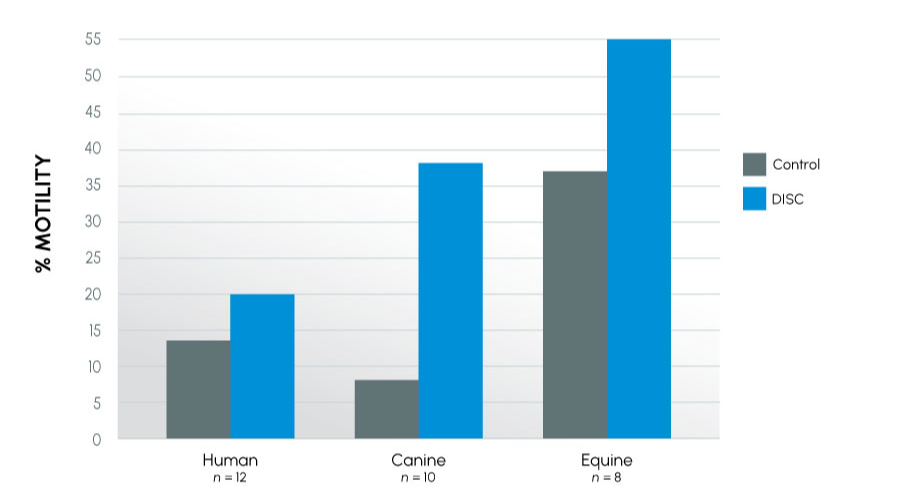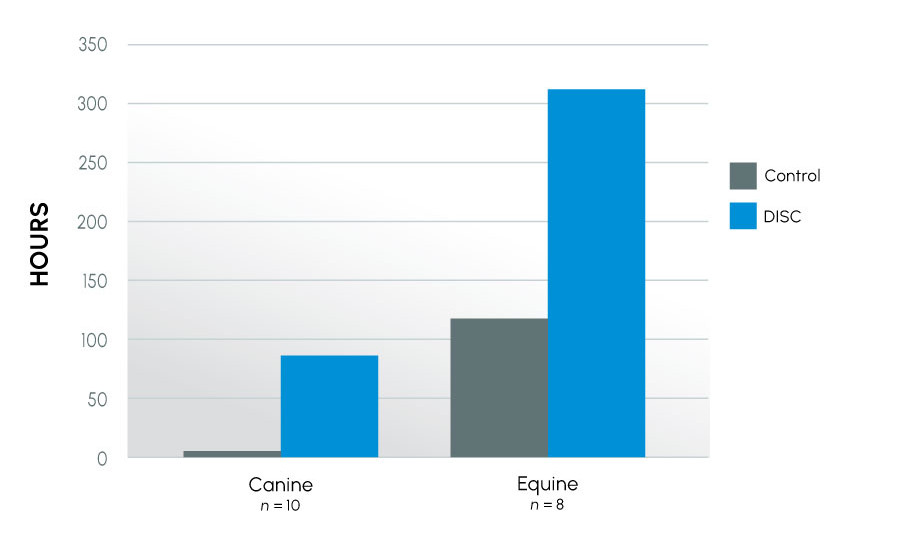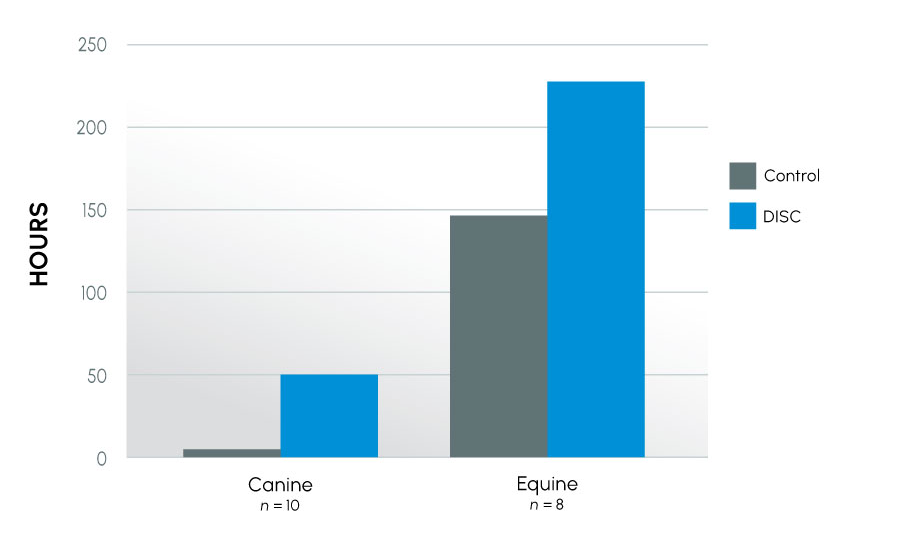Improvement of the Semen Collection Environment Using a New Semen Collection Device
Authors
Samuel Prien1 2, Dustie Johnson1
- Department of Animal and Food Sciences, Texas Tech University, Lubbock, TX
- Department of Obstetrics and Gynecology, Texas Tech University Health Sciences Center, Amarillo, TX
Publications
Fertility and Sterility Vol. 86, Issue 3 Supplement S508–S509 Published in issue: September 2006 – poster presentation.
Objective
It is well established that rapid changes in specimen temperature can be detrimental to semen quality. While specimen containers are often warmed to 37°C prior to collection, it is not uncommon for the collection to last long enough to allow significant cooling of the container and its specimen. Further, transport issues and / or delays in processing might allow for further temperature shifts. Recently, a new specimen collection device (SCD, ProteX) was introduced (ReproMax; Embryonic Technologies, Austin, TX). Previous work with experimental devices, suggests the SCD improves semen motility (p < 0.001) and forward progression (p < 0.02), by improving cooling rates over a standard specimen container. The objective of the present study was to verify the improved cooling curves of SCD and the resultant improvement in semen quality.
Design
Laboratory testing of new collection device.
Materials and Methods
Trials of temperature maintenance were performed using a standard specimen cup, a Corning 15 mL conical test tube and a new SCD pre-warmed to 37°C. Each container was loaded with saline, which was considered an approximation of semen culture media yet provided precise control for measuring temperature. Saline was warmed to 41°C so that the initial read within the standard specimen cup was approximately body temperature (37°C). An initial temperature was read for each device followed by temperature measurements being taken every minute intervals for 30 minutes. During this time, the container was left unprotected on a standard laboratory bench top while room temperatures and relative humidity remained constant at 21.4°C and 18% respectively. Resulting data were subjected to ANOVA with repeated measures..
Results
In all cases, filling the different containers, placing the temperature probe, and collecting the initial reading took at least 15 seconds. Yet, in that time period, the fluid temperature had dropped approximately 3°C in the standard specimen cup and 2°C in the conical test tube. This finding drove the researchers’ decision to initially warm all containers to 41°C, enabling a first reading at approximate body temperature (37°C). It took only 3 minutes for the temperature of the fluid in the standard specimen cup to drop 10°C from the initial 41°C reading. The test tube, which improved the surface area-to-volume ratio, still lost 10°C in temperature in under 8 minutes. However, the temperature of the SCD changed only 0.1°C (p < 0.001) at the initial reading, and it took over 20 minutes for the SCD to show the same 10°C drop in temperature, over a 600% improvement in temperature maintenance (p < 0.001).
Conclusions
Modification of the semen collection / extension procedure resulted in improved semen parameters for extended time periods post-collection. The data suggest the described collection technique can yield significantly more motile sperm by placing the sample into a physiologically favorable environment (eliminating pH and cold shock and allowing osmoregulation to begin), thus providing more available sperm for breeding.
Supported By
Embryonic Technologies
Figure 1
Time to a 10°C Decrease in Fluid Temperature

Thermal properties of a Standard Specimen Cup versus a new semen collection device, ProteX, formerly called ReproMax (p < 0.001). Measured as the time to a 10°C drop in temperature and as effected by starting container temperature (p < 0.001).
Figure 2
Temperature Loss Over Time From 5 ML of Fluid Stored in Collection Devices

Insights
Heat shock proteins are known to trigger apoptosis in many types of cells, including sperm. Protecting the sperm from sharp decreases in temperature reduces shock to sperm maintaining their biochemistry and fertilizing capacity. In a standard specimen cup, 5 mL of fluid will drop by 10°C in 3 minutes, a cooling rate of over 3°C a minute. However, the cooling rate for 5 mL of fluid in ProteX was 0.3°C a minute, so that it takes over 20 minutes for 5 mL of fluid to drop 10°C.
Figure 3
Time to a 10°C Decrease in Temperature for Fluid Volumes

Insights
Volume of fluid in a container will influence how quickly that fluid changes temperature. This graph illustrates this phenomenon as well as the thermal protection offered by the ProteX device.
Direct insights into the research, methodology, and results have been added to this summary by the co-inventors themselves. This additional information is intended to provide helpful context to professional practitioners and does not fundamentally change the outcomes or interpretation of the published results. All ProteX research content and material is the property of Reproductive Solutions and may not be redistributed or republished without our consent. All rights reserved.
All Scientific Studies
Sample. Test. See for yourself.
Compare ProteX to the standard specimen cup with our sterile sample kit.